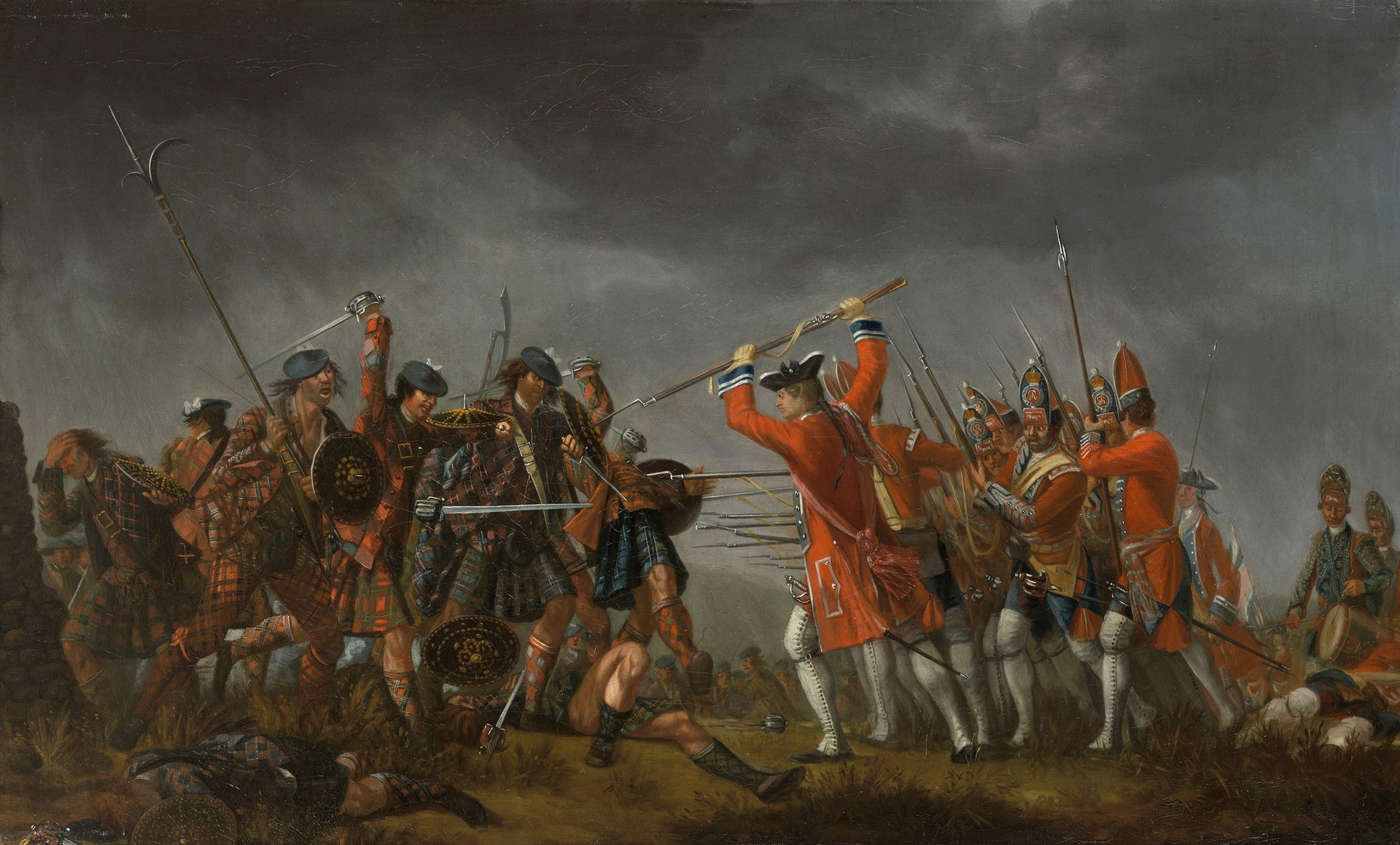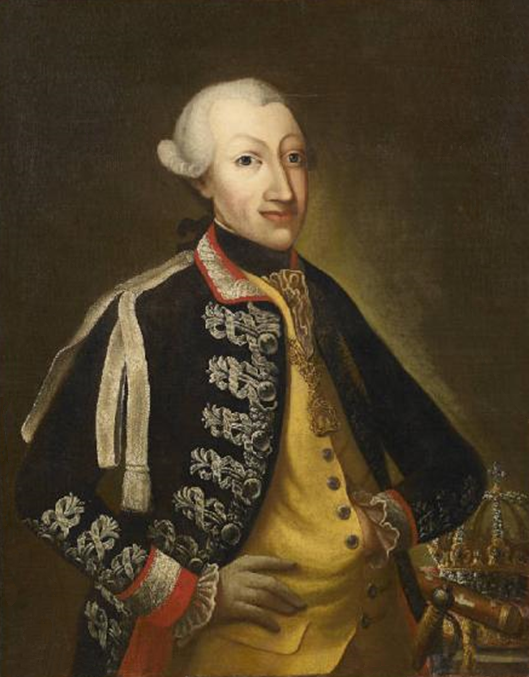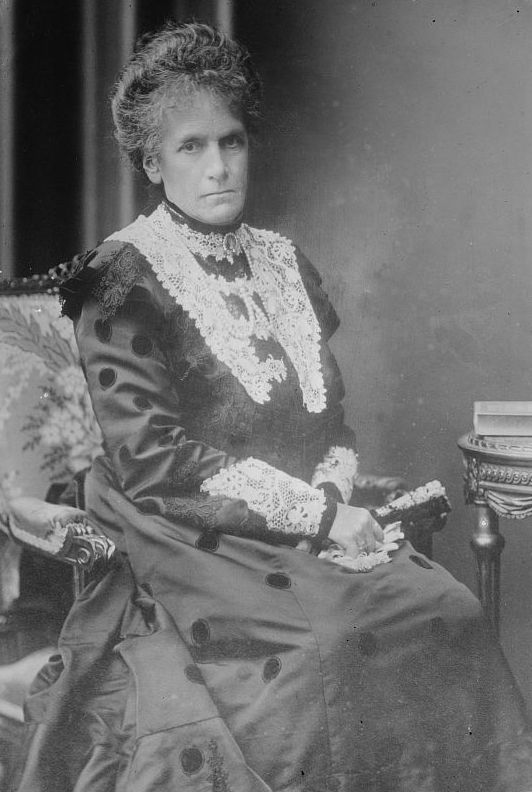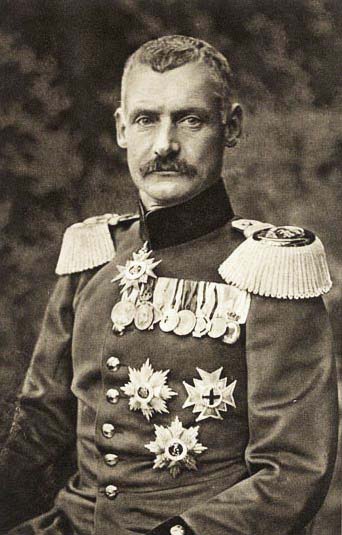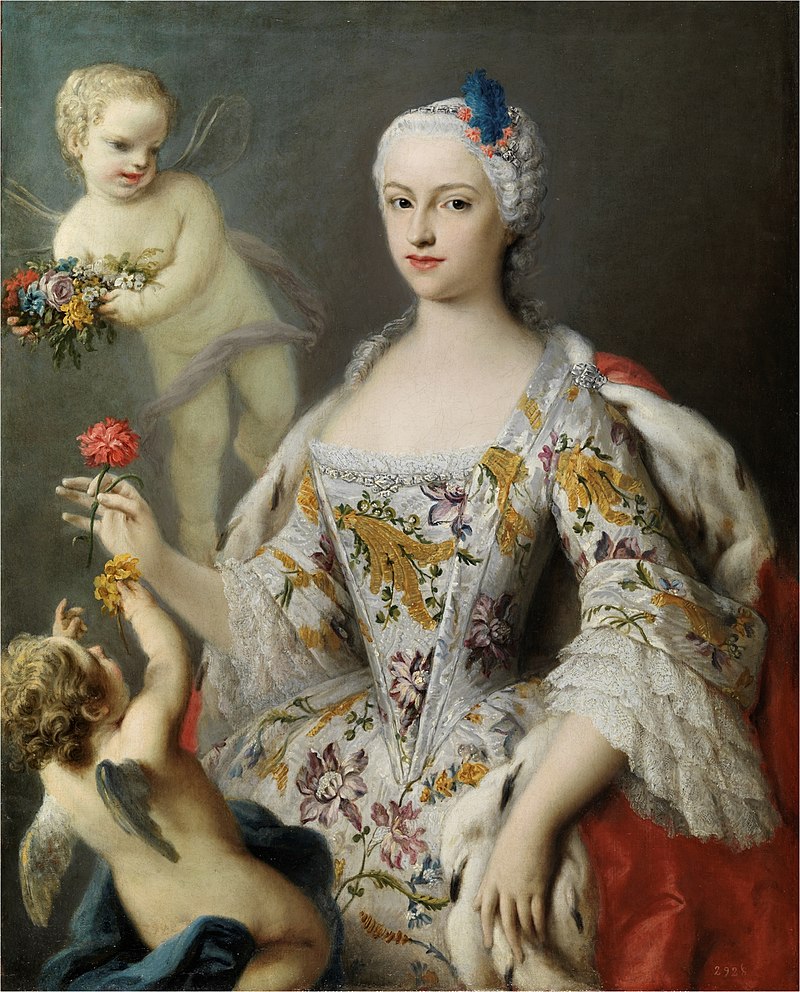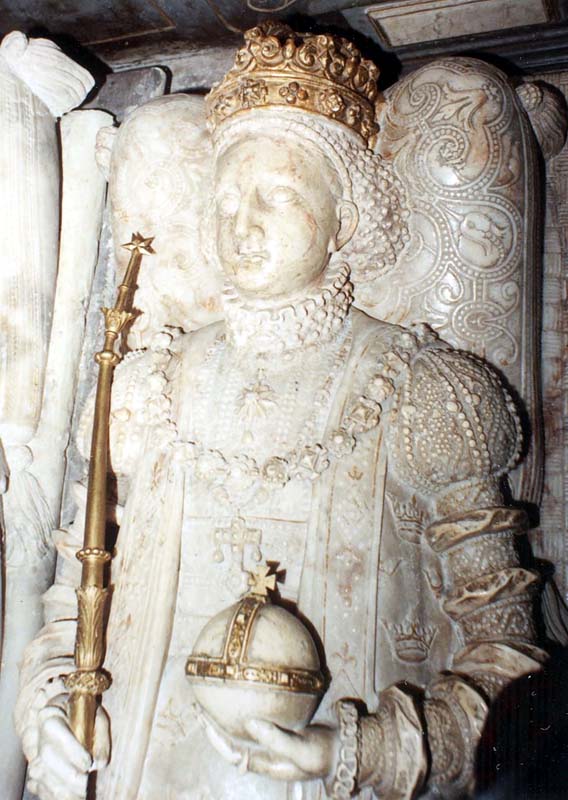by Susan Flantzer
© Unofficial Royalty 2021
The Kingdom of Sardinia: The House of Savoy had been Counts and then Dukes of Savoy, since the 11th century and ruled from the city of Turin, now in northern Italy. Vittorio Amedeo II, Duke of Savoy became King of Sicily in 1713 as a result of his participation in the War of the Spanish Succession. However, in 1720, Vittoria Amedeo II was forced to exchange the Kingdom of Sicily for the less important Kingdom of Sardinia after objections from the Quadruple Alliance (Great Britain, France, Habsburg Austria, and the Dutch Republic).
Sardinia, now in Italy, is the second-largest island in the Mediterranean Sea after Sicily, also now in Italy, but the Kings of Sardinia of the House of Savoy ruled from Turin, the capital of the Duchy of Savoy. They styled themselves as Kings of Sardinia because the title was superior to their original lesser title as Dukes of Savoy. However, they retained the regnal numerical order of the Dukes of Savoy.
Vittorio Emanuele II became the last King of Sardinia upon the abdication of his father in 1849. He then became a driving force behind the Italian unification movement along with Giuseppe Garibaldi, a general and nationalist, and Giuseppe Mazzini, a politician and journalist. Garibaldi conquered Naples and Sicily, the territories of the Kingdom of Two Sicilies, while the Sardinian troops occupied the central territories of the Italian peninsula, except Rome and part of Papal States. With all the newly acquired land, Vittorio Emanuele II was proclaimed the first King of the new, united Kingdom of Italy in 1861.
Note: Children of Kings of Sardinia were often styled “of Savoy” as their fathers were also Dukes of Savoy from the House of Savoy.
********************

Carlo Emanuele IV, King of Sardinia, Duke of Savoy; Credit – Wikipedia
Carlo Emanuele IV abdicated the throne of Sardinia and was the Jacobite pretender to the thrones of England and Scotland. However, he never claimed the title and ended his life as a novice in the Society of Jesus (the Jesuits). Born at the Royal Palace in Turin, Duchy of Savoy, now in Italy, on May 24, 1751, Carlo Emanuele IV, King of Sardinia was the eldest of the twelve children of Vittorio Amedeo III, King of Sardinia and Maria Antonia Ferdinanda of Spain. His paternal grandparents were Carlo Emanuele III, King of Sardinia and his second wife Polyxena of Hesse-Rheinfels-Rotenburg. Felipe V, King of Spain, who was born Philippe of France, Duke of Anjou, the grandson of King Louis XIV of France, and his second wife Elisabeth Farnese of Parma were his maternal grandparents. From birth, Carlo Emanuele was styled Prince of Piedmont, the traditional title of the heir.

Vittorio Amedeo III and Maria Antonia Ferdinanda with their family in 1760, Carlo Emanuele is holding his father’s hand; Credit – Wikipedia
Carlo Emanuele IV had eleven younger siblings including two brothers who were also Kings of Sardinia. Two of his sisters were married to the younger brothers of King Louis XVI of France.
- Maria Elisabetta Carlotta of Savoy (1752 – 1755), died in childhood
- Maria Giuseppina of Savoy (1753 – 1810) married Louis Stanislas, Count of Provence, the future King Louis XVIII of France, no children, died before her husband became King of France
- Amedeo Alessandro of Savoy (1754 – 1755), died in infancy
- Maria Teresa of Savoy (1756 – 1805), married Charles, Count of Artois, the future King Charles X of France, had four children, died before her husband became King of France
- Maria Anna of Savoy (1757 – 1824), married her uncle Prince Benedetto of Savoy, no issue
- Vittorio Emanuele I, King of Sardinia (1759 – 1824), married Archduchess Maria Theresa of Austria-Este, had six daughters and one son who died at age three from smallpox
- Maria Cristina Ferdinanda of Savoy (1760 – 1768), died in childhood
- Maurizio of Savoy, Duke of Montferrat (1762 – 1799) died unmarried from malaria
- Maria Carolina of Savoy (1764 – 1782), married Anton, Electoral Prince of Saxony, no issue, Maria Carolina died from smallpox, her husband became King of Saxony after her death
- Carlo Felice, King of Sardinia (1765 – 1831), married Princess Maria Cristina of Naples and Sicily, no children
- Giuseppe of Savoy, Count of Asti (1766 – 1802), died unmarried from malaria

Marie Clotilde of France, wife of Carlo Emanuele IV; Credit – Wikipedia
After two years of negotiations, Carlo Emanuele IV married Marie Clotilde of France, the sister of King Louis XVI of France. and the daughter of Louis, Dauphin of France (son of King Louis XV) and Maria Josepha of Saxony. The proxy marriage took place at the Palace of Versailles in France on August 21, 1775, with Marie Clotilde’s brother Louis Stanislas, Count of Provence, standing in for the groom. Carlo Emanuele and Marie Clotilde were married in person on September 6, 1775, at the House of Savoy’s Château de Chambéry now in France.
Carlo Emanuele and Marie Clotilde were devoted to each other. They shared a strong faith in Roman Catholicism and studied religious texts together. Marie Clotilde played the guitar while Carlo Emanuele sang. However, their marriage was childless.

Marie Clotilde playing the guitar; Credit – Wikipedia
Carlo Emanuele was deeply affected by the effects of the French Revolution. At the start of the French Revolution, Vittorio Amadeo III, King of Sardinia allowed his two French sons-in-law, brother of King Louis XVI, and their families to stay in the Kingdom of Sardinia under his protection. This act most likely saved their lives. However, Carlo Emanuele’s brother-in-law King Louis XVI of France, along with Louis XVI’s wife Marie Antoinette and sister Élisabeth were beheaded via the guillotine. His nephew by marriage, Louis-Charles, Dauphin of France, son of Louis XVI, died at the age of ten from tuberculosis while imprisoned.
Carlo Emanuele IV succeeded to the throne upon the death of his father Vittorio Amedeo III in 1796. The new king inherited an economically damaged kingdom because of the results of the 1796 Treaty of Paris. During Napoleon‘s Italian campaign, the French defeated Vittorio Amedeo III’s troops at the 1796 Battle of Millessimo. Vittorio Amedeo III was forced to sign the 1796 Treaty of Paris which stipulated that he recognize the French Republic, cede the original Duchy of Savoy and the County of Nice to France, and give the French Army free passage through his territory towards the rest of Italy. In 1814, during the reign of Vittorio Emanuele I, the second surviving son of Vittorio Amedeo III, two-thirds of Savoy was restored to the Kingdom of Sardinia following Napoleon’s abdication.
In 1798, the French occupied Turin, the capital of the Duchy of Savoy, and Carlo Emanuele was forced to give up all his territories on the Italian mainland. Carlo Emanuele withdrew to the island of Sardinia in 1799. When Marie Clotilde died from typhoid fever on March 7, 1802, Carlo Emanuele was so upset by her death that he decided to abdicate. He left the throne of Sardinia to his brother who reigned as Vittorio Emanuele I, King of Sardinia. However, Carlo Emanuele IV retained the Duchy of Savoy and settled in Rome and the nearby town of Frascati, both now in Italy.

Cardinal Henry Benedict Stuart, Carlo Emanuele’s second cousin twice removed; Credit – Wikipedia
In Frascati, Carlo Emanuele was a frequent guest of his second cousin twice removed Cardinal Henry Benedict Stuart, the Jacobite pretender to the thrones of England and Scotland. The goal of the Jacobites was to restore the Roman Catholic heirs of King James II of England/VII of Scotland to the thrones of England and Scotland. Henry Benedict was the younger of the two sons of James Francis Edward Stuart, The Old Pretender, son of James II, King of England/James VII, King of Scots who had been deposed by the Glorious Revolution in 1688.
Henry Benedict died childless in 1807 and there were no surviving siblings of King James II/VII, son of King Charles I of England, or their legitimate descendants, except for the descendants of his youngest sister Henrietta of England, Duchess of Orléans. Henrietta married Philippe I, Duke of Orléans and they had one son who died in infancy and two daughters. Only their daughter Anne Marie d’Orléans, who married Vittorio Amedeo II, King of Sardinia, had children. Carlo Emanuele IV was the senior surviving descendant of Henrietta of England, Duchess of Orléans who was the youngest sister of James II/VII and the daughter of King Charles I. Therefore, after the death of Cardinal Henry Benedict Stuart, Carlo Emanuele IV, Duke of Savoy, the former King of Sardinia became the Jacobite pretender to the thrones of England and Scotland but he never publicly claimed the title. See the descent below.
Charles I of England → his daughter Henrietta of England, Duchess of Orléans → her daughter Anne Marie d’Orléans, Queen of Sardinia → her son Carlo Emanuele III, King of Sardinia → his son Vittorio Amadeo III, King of Sardinia → his son Carlo Emanuele IV, King of Sardinia

Carlo Emanuele in Jesuit dress; Credit – Wikipedia
In 1815, Carlo Emanuele took simple vows in the Society of Jesus (the Jesuits). He was never ordained as a priest but lived as a novice until his death on October 6, 1819, at the age of 68. Carlo Emanuele was buried in the Church of Sant’Andrea al Quirinale in Rome, built for the Jesuit seminary on the Quirinal Hill.

The tomb of Carlo Emanuele IV, King of Sardinia in the Church of Sant’Andrea al Quirinale; Credit – Di Sailko – Opera propria, CC BY 3.0, https://commons.wikimedia.org/w/index.php?curid=44399966
This article is the intellectual property of Unofficial Royalty and is NOT TO BE COPIED, EDITED, OR POSTED IN ANY FORM ON ANOTHER WEBSITE under any circumstances. It is permissible to use a link that directs to Unofficial Royalty.
Works Cited
- De.wikipedia.org. 2021. Karl Emanuel IV. (Savoyen) – Wikipedia. [online] Available at: <https://de.wikipedia.org/wiki/Karl_Emanuel_IV._(Savoyen)> [Accessed 26 June 2021].
- En.wikipedia.org. 2021. Charles Emmanuel IV of Sardinia – Wikipedia. [online] Available at: <https://en.wikipedia.org/wiki/Charles_Emmanuel_IV_of_Sardinia> [Accessed 26 June 2021].
- En.wikipedia.org. 2021. Clotilde of France – Wikipedia. [online] Available at: <https://en.wikipedia.org/wiki/Clotilde_of_France> [Accessed 26 June 2021].
- Flantzer, Susan, 2021. The Jacobite Succession – Pretenders to the British Throne. [online] Unofficial Royalty. Available at: <https://www.unofficialroyalty.com/the-jacobite-succession-pretenders-to-the-british-throne/> [Accessed 26 June 2021].
- Flantzer, Susan, 2021. Vittorio Amadeo III, King of Sardinia, Duke of Savoy. [online] Unofficial Royalty. Available at: <https://www.unofficialroyalty.com/vittorio-amadeo-iii-king-of-sardinia-duke-of-savoy/> [Accessed 26 June 2021].
- It.wikipedia.org. 2021. Carlo Emanuele IV di Savoia – Wikipedia. [online] Available at: <https://it.wikipedia.org/wiki/Carlo_Emanuele_IV_di_Savoia> [Accessed 26 June 2021].











